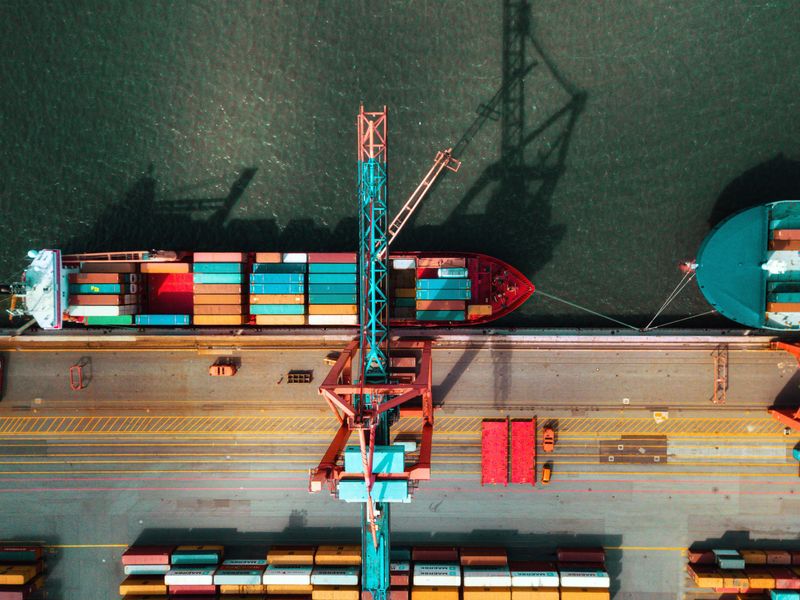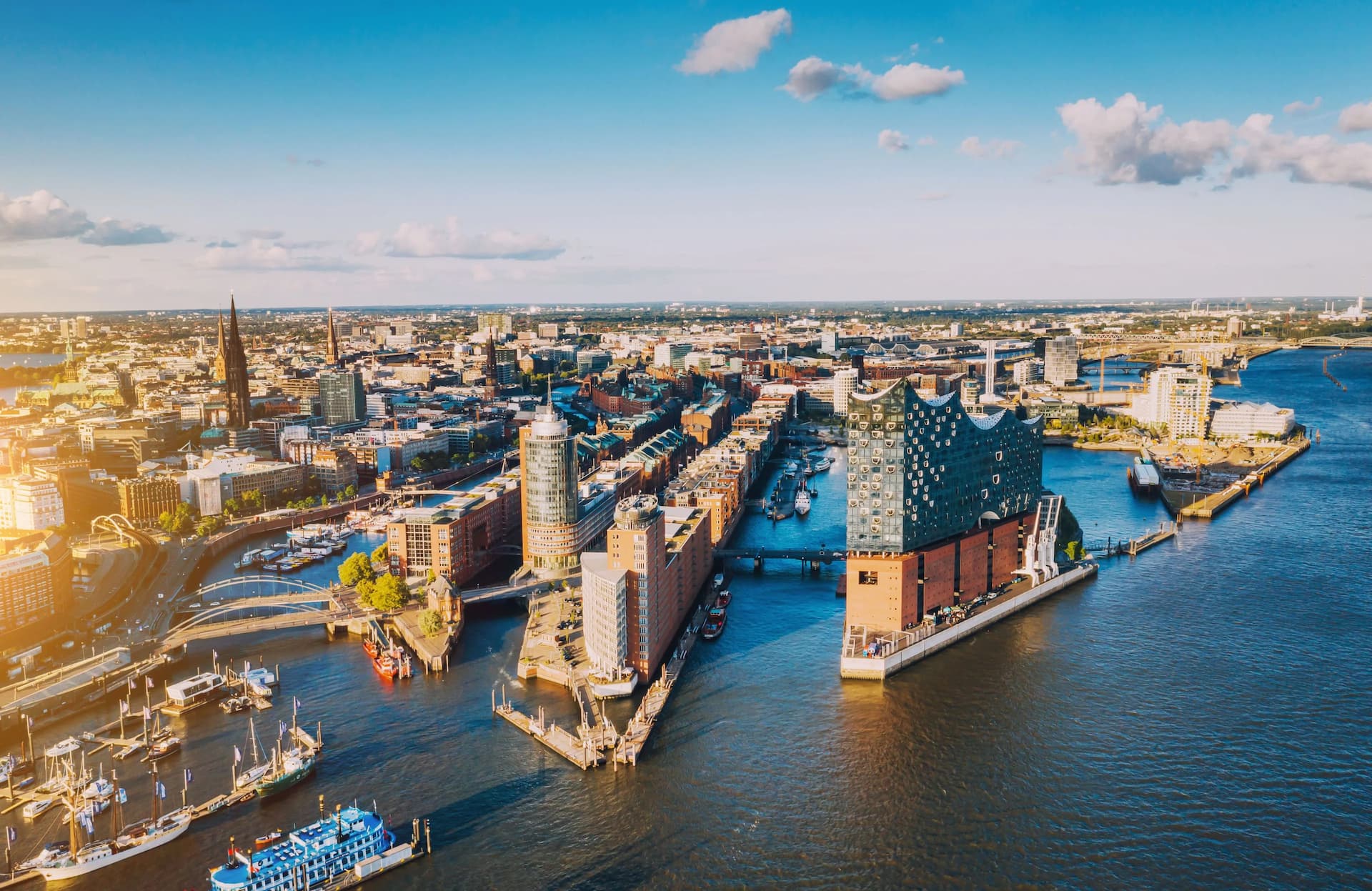
At first sight, Sherry Li’s switch from being LR’s Area Commercial Manager for Greater China to becoming Head of New Construction in North Europe, based in Hamburg, might seem strange. But the move reflects LR’s carefully crafted strategy of providing the very best expertise in supporting clients and other stakeholders along shipping’s supply chain.
Li points out that Chinese shipyards build close to half of the world’s commercial vessels today and she knows many of the builders far better than most. Meanwhile, Hamburg is one of Europe’s most important shipping capitals and home to a thriving community of shipowners and managers. Ship operators in Scandinavia, Benelux, and elsewhere in northern Europe are only a short hop away.
Li’s relationships with China’s shipyards and design companies developed over a significant period, and her extensive knowledge of the sector means she is uniquely placed to advise shipowners and managers on strategies, choice of yards and ship designs, and relative costs and benefits. More importantly, she is able to bring them together for closer collaboration on new construction of future-proofed ship designs.
More capacity in China
Li reveals that since Chinese builders are effectively full, there are moves to ramp up capacity there by phasing in new divisions at existing yards and recommissioning facilities that have previously been shut down. She says LR has conducted a number of gap analyses at these shipyards to help them get ready for new business, as well as to build confidence for shipowners potentially placing orders there.
She notes, in particular, a concerted effort to commission more LNG building capacity. Until recently, Hudong-Zhonghua was the only Chinese yard capable of large LNG carrier construction but several more are now in the frame.
They include Jiangnan Shipyard, which booked six 175,000 cubic metre ships for ADNOC after a smaller 79,800 cubic metre unit for Chinese trading firm, Jovo Energy, in 2021; Dalian Shipbuilding in north China has won six 175,000 cubic metre ships from China Merchants Energy Shipping; Yangzijiang Shipbuilding, meanwhile, clinched an order for two 175,000 cubic metre vessels from an undisclosed European owner; China Merchants Heavy Industry won a four-plus-four ship order from a north European owner at the end of 2022.
Charterers’ involvement
Li is particularly keen to stress the need for charterer involvement in low and zero carbon-ready newbuilds, especially from a financing perspective. Carbon-cutting technologies come at a price and, she points out, have significant implications for ship finance models.
Not only are first costs likely to be higher, but traditional funding based on an assumed residual value at the end of the financing period may be deemed too risky by shipping’s conventional capital providers. The inevitability is that charterers will have to pay significantly more for sea transport in the future as new fuels and carbon-reducing initiatives become more widely adopted. For this reason, dialogue with charterers and their active involvement in projects, Li says, is essential.
She concedes that collaboration between parties generates new challenges. Naval architects, for example, hope to include as many features as possible in new designs while for many shipowners, budgets and recovery of investment are key constraints. In the same way, owners may wish to pursue decarbonisation goals as quickly as possible but they need day rates from charterers that reflect the extra cost of those initiatives.
In Li’s region of north Europe, there are also many proactive shipowners set on pioneering projects to cut the carbon footprint of their ships. She points to the AiP awarded to Belgium-based Exmar for an ammonia-fuelled 40,000 cubic metre midsize LPG carrier, following a JDP with Jiangnan Shipyard and Wärtsilä Gas Solutions.
The AiP follows a series of other alternative fuel-related projects including design approval to Daewoo Shipbuilding and Marine Engineering for an ammonia-fuelled VLCC, an AiP for Samsung Heavy Industry’s 85-125,000 dwt ammonia-fuelled tankers, and an AiP for Jiangnan Shipyard for a 15,000 TEU methanol-fuelled container ship.
There was also a joint project with Oldendorff Carriers, Anemoi Marine Technologies and Shanghai Merchant Ship Design and Research Institute (SDARI) to develop wind-assisted propulsion solution for dry bulk carriers. Other deals, notably with charterer involvement, are in progress.

Collaboration essential
Li stresses the need for shipping’s stakeholders to work together and cooperate on decarbonisation technologies and the development of new fuels for tomorrow. And she highlights LR’s Silk Alliance project, announced in May last year, in which the LR Maritime Decarbonisation Hub brought together no fewer than eleven partners from across shipping’s supply chain to establish a green corridor cluster.
But alongside multi-member projects like this, Li is keen to promote LR’s key role as a trusted adviser to individual partners who are looking at newbuild investment with future-proven designs. And she stresses LR’s drive to support shipowners at every stage of the project – from joint development of ship design, approvals in principle, ship specification, yard selection, quality assurance during construction, bespoke training, through-life oversight and, eventually, to recycling. She sees LR as an impartial partner and adviser on each part of every project.








